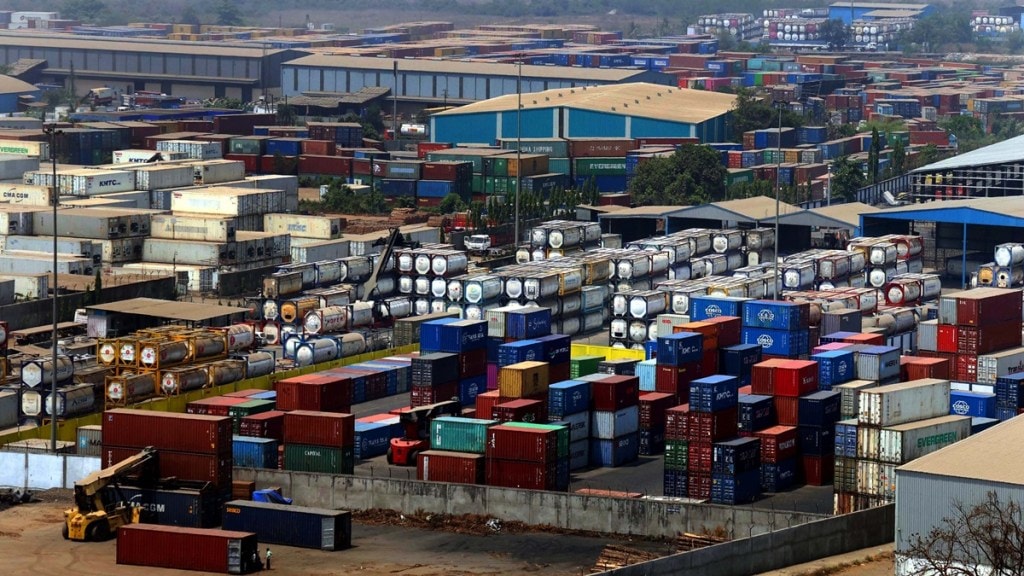A positive spin-off of the virtual blockade of merchandise trade between the US and China is already being felt in the Indian industry.
The benefits being drawn from Indian businesses are primarily twofold. On the one hand, many Chinese firms are looking at placing orders with Indian exporters to supply goods to their entrenched US customers. In lieu of these orders, Indian businesses would pay a commission to the Chinese units.
In addition, Indian traders have also started getting orders for a clutch of items, including those where they have conventionally been not very competitive, from the buyers in the US. These buyers have been left high and dry, due to the hefty tariffs on China.
According to trade sources, several American companies with well-established sourcing bases in China have approached Indian exporters for meeting their requirements across sectors. In fact, the Indian government has facilitated some initial meetings for such deal-making.
Enquiries have come across sectors including home textiles and engineering goods. Some of these buyers have individually been sourcing up to $ 1 billion from China annually, director general of Federation of Indian Export Organisations Ajay Sahai said.
Mithileshwar Thakur, secretary general at Appareal Export Promotion Council said: “While April-September is the lean period of exports to US, new orders are flowing in. Some of the new areas where India was not a player like pet clothing is now coming to India.”
While meetings have been organised virtually by the Indian consulates in the US, some of the potential buyers have expressed the intention to also visit India. The initial enquiries from the US centred around the capacity of Indian suppliers to take on additional orders.
As China has been subjected to up to 145% import duties in the US as against baseline additional tariff of 10% for others, the Chinese suppliers are also looking to supply their orders to the US through alternate routes. At the ongoing export-import Canton Fair in China – which is considered as the world’s largest – some Indian visitors got queries from the Chinese to fulfill orders of their buyers in the US on commission basis.
“The order will be placed with the Indian suppliers by US companies which used to source from China. The Chinese units who will arrange Indian suppliers will get 3-5% commission. They seem to be doing this to retain their customers for the time when things become normal again,” Sahai said.
However, other sources have discounted the trend. “Some informal queries have come but India does not have the capacity to fulfill all those. Apart from that the doors for routing Chinese goods after minor processing in India are closed,” chairman of Engineering Export Promotion Council Pankaj Chadha said.
According to Thakur, some capacity issues can be addressed for incoming orders through enabling double shifts in apparel sector. He, however, noted that not every state allows women to work in night shifts.
“China will have a problem using India to route exports after small value addition here. India already scrutinises Chinese imports a lot. Even Asean shipments to the US will face additional scrutiny,” Sahai added.
In some areas, where capacities exist or new capacities can be added quickly may see some shift facilitated by China. “Temporary opportunities would not lead to new capacities,” Sahai added.
The exporters are using the 90-day window of suspension of reciprocal tariffs by President Donald Trump to quickly fulfil the orders from the US at hand because of the uncertainty beyond the deadline . Due to the earlier shipping of orders, an uptick is expected in exports to the US in May and June.
As China has effectively been barred from its $ 500 billion US market with abnormally high tariffs, the competition for Indian exporters will intensify in other markets like the European Union.
“The orders (for other markets) already in hand are being fulfilled. When exporters go for negotiation for new orders, the Chinese are expected to give India a tough time,” said a trade source.
In the meantime, the imports by Indian industry are benefiting from low prices from China, particularly in electronics components and parts. In raw materials, India has imposed safeguard duties on many key inputs from China.

